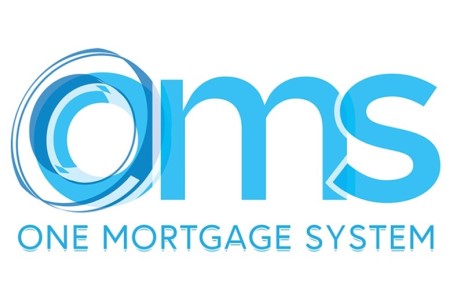
These days the financial market is swamped with different types of loans and finance products, one being bridging loans. But what is a bridging loan and how does it work? As a specialist lender we are downright privileged to tell you more about bridging loans, what they are, their advantages, what they can be used for and how they work. So let’s get started.
What is a bridging loan?
A bridge loan is a form of alternative finance that provides property investors with fast and flexible finance for their residential and commercial investments. These short-term loans help to bridging the gap between payments. People or companies often use them to:
- Secure pay for an asset whilst they arrange a long-term financial solution
- Move home to bridge the gap between the sale and completion dates in a chain.
- Planning a quick turnaround on a renovation project
- Buy property at auctions.
Most of the time they use some form of collateral as security, such as real estate or stock inventory. The lengths can vary depending on your bridging lender. Our MFS loans are available from 3 to 24 months.
You’ll need to repay your loan in full at the end of your term. This means that you’ll have to arrange an exit strategy.
What is a bridging loan useful for?
Most bridge loans are used for residential or commercial purposes. Here are a few examples you could use them for:
- Buying a property at auction
- Purchasing a property whilst selling another
- Adding to a property portfolio
- Buying a run-down property for renovation with a quick sale in mind
- Moving office / factory / warehouse
This is not an exhaustive list of course. However, and that is the clear advantage of using a bridge loan, they are flexible enough to adapt to almost any situation where short-term finance is needed.
Why should I use a bridge loan?
Bridging lenders can move far more quickly than a traditional bank when a borrower needs funds to buy a property. Generally, they only need a few days to complete a deal and send the funds required.
In comparison, approval for a mortgage through a Highstreet provider can take 30-45 days on average, sometimes longer in complex circumstances. This potentially places a great deal of stress on auction buyers, who usually only have 28 days to pay for any purchases in full.
Another potential advantage is the flexibility available when repaying a bridge loan. Most companies offer “serviced” repayments. That means the borrower pays monthly interest. Another repayment method are “rolled up” repayments when you delay payment until the end of the term. Many bridging lenders allow for a mixture of both forms of repayment.
Read more about the advantages of bridge loans.
How does a bridging loan work?
When you apply for a bridging loan, the lender adds a charge to the property you are using as security. This is needed for you to secure the loan against that property.
There are two types of charge for bridging loans
- First charge: the loan is the first, or only borrowing secured against your property. Mortgages are an everyday example of a first charge loan.
- Second charge: There is already a loan or mortgage listed against the property, so you add a second charge loan against the property to raise additional funds.
If a property with a 2nd charge bridging loan became repossessed and sold to pay off any outstanding finance, a first charge loan would receive repayment in full first. Only then would the second charge lender receive their repayment from the amount left from the sale. This makes a second charge loan more risky for bridging lenders, which is why they often have a higher monthly rate charge in comparison to first charges.
What is the bridging loan process?
The process will vary from lender to lender, however here at MFS we follow these six simple steps:
- Loan enquiry is received
- Indicative terms are issued (as quickly as within 4 hours), subject to credit approval and receipt of information
- Decision in principle (DIP) issued, subject to valuation, due diligence, and legal terms
- Valuation instructed, commitment fee received, and solicitors instructed
- Legal paperwork issued and commitment fee refunded
- Loan drawn down (funds issued)

Why choose MFS as your lender?
MFS is a well-established specialist lender with a 15-year track record in providing quality bridging loans. We have highly experienced underwriting staff who are specialists in complex circumstances, meaning we can react quickly and efficiently to any potential arising issues.
To help borrowers in special or complex circumstances, we do not respond to a tick-box criteria. Instead, we take the applicant and the property into consideration by viewing their own individual merit. Meaning we can provide finance for those with adverse credit, CCJs, complex company structures or undervalued properties.
You could see funds in your account in as little as three days. We can turn enquiries into bridging loans within three to ten days. Your rate will not be changed at any point during your bridging term and as we present all of our changes upfront – you can be sure there are no hidden fees.
Wrap up of “What is a bridging loan?”
Bridging loans are flexible, short-term loans that can bridge the gap between the time funds needed and long-term finance is in place. They are a lot more flexible than Highstreet finance and can be adjusted to complex and challenging situations. They often offer a solution where traditional finance is denied.
Download our infographic.
Disclaimer
MFS are a bridging loan and buy-to-let mortgage provider, not financial advisors. Therefore, Investors are encouraged to seek professional advice.










